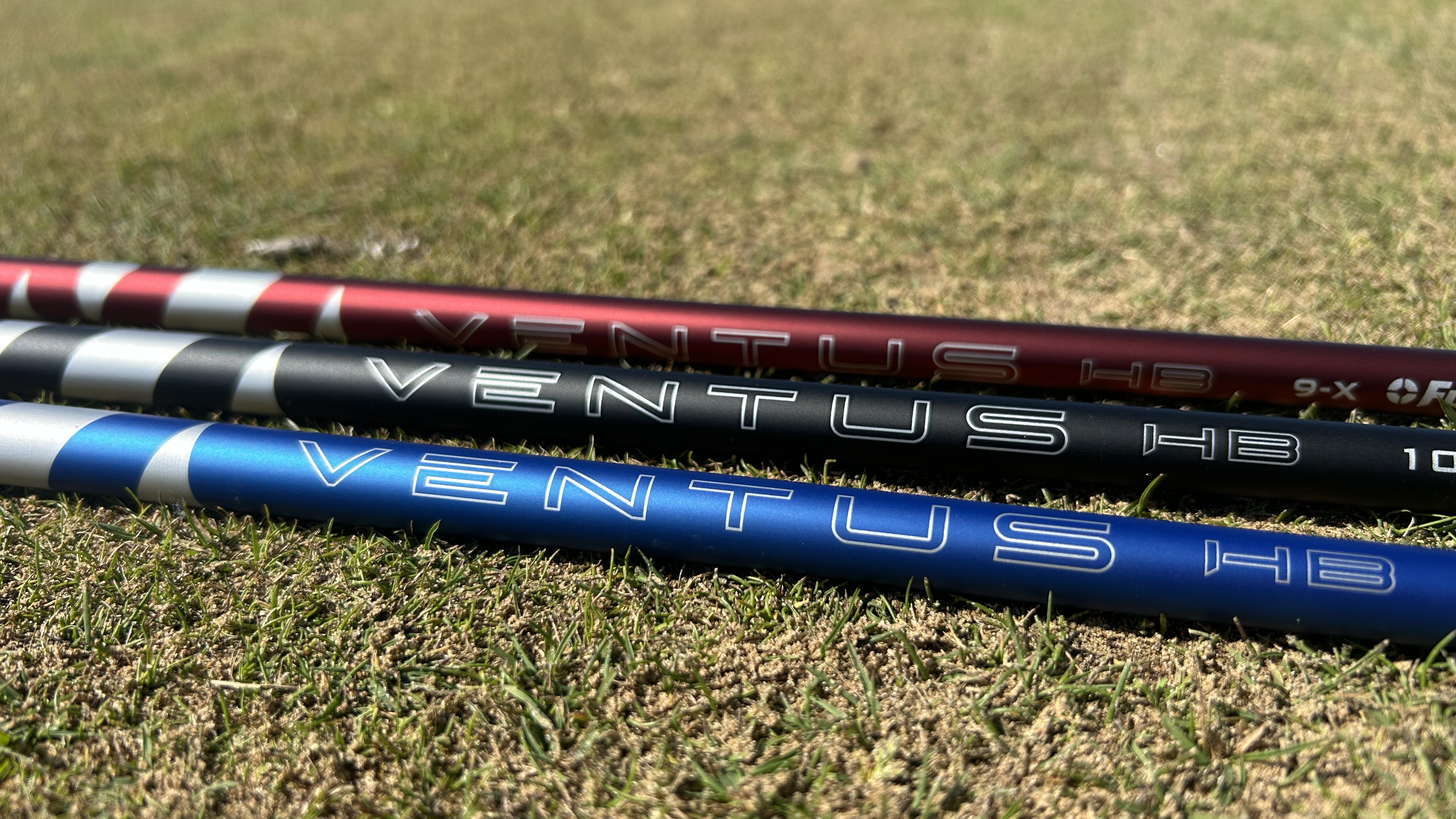
Now, be honest, how many of you have been fully custom-fit for your hybrids or utility irons, or more specifically, the shafts that go in them? My guess is that the number would be less than 50%, and I think people are missing out. Think about it, if you are searching for that high-launching soft landing flight off one of the best hybrids, but you have a shaft that is fighting against that, then you clearly are not optimized. Similarly, if you are seeking a low bullet flight on your utility iron to cheat the wind and maximize roll, but you have a shaft that is designed to get the ball up quickly, once again, your task becomes needlessly complicated. Fujikura thinks it has you covered here with its new Ventus Velocore+ hybrid lineup, including three distinct profiles - Red (for the first time ever), Blue, and Black. Let’s see what they have to offer.

From a technology standpoint, these shafts are just about as premium as it comes, featuring the same principles that made the original Ventus range so wildly popular, but with some slight refinements which Fujikura believes have made the best even better. The hero enhancement is what Fujikura calls Velocore+.
Velocore+ is the next generation of Fujikura’s proprietary technology designed for ultimate clubhead stabilization and to promote consistent center-face contact, tightening dispersion, and increasing control of the club throughout the swing. Fujikura has redesigned the multi-material bias core to enhance the feel and performance of Ventus with an additional premium bias core material, promoting what it hopes is even tighter dispersion and increased ball speeds.
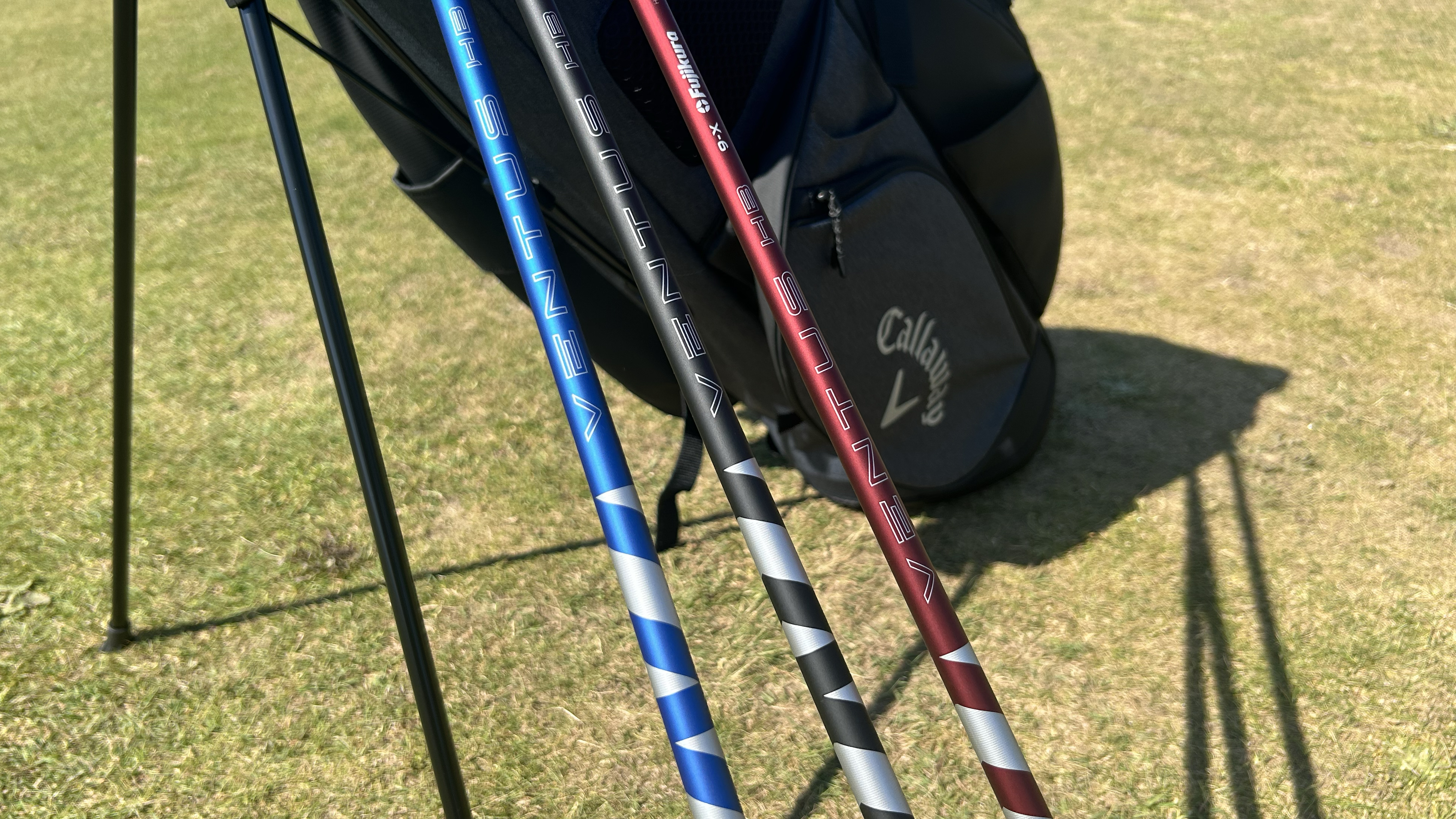
Crucially, Fujikura has also added its Red profile from the wood range into the hybrid family. This makes great sense as the Red is touted as the highest launching and spinning shafts of the range, which is a performance characteristic many people are seeking in their hybrids.
As someone who has previously tested and gamed several different profiles in the original Ventus range, I was intrigued to see what had changed, primarily from a feel standpoint. For context, I tested the Blue and Black in 10-X profiles, and the Red profile in 9-X, all in a 19-degree, TaylorMade Qi10 Tour hybrid.
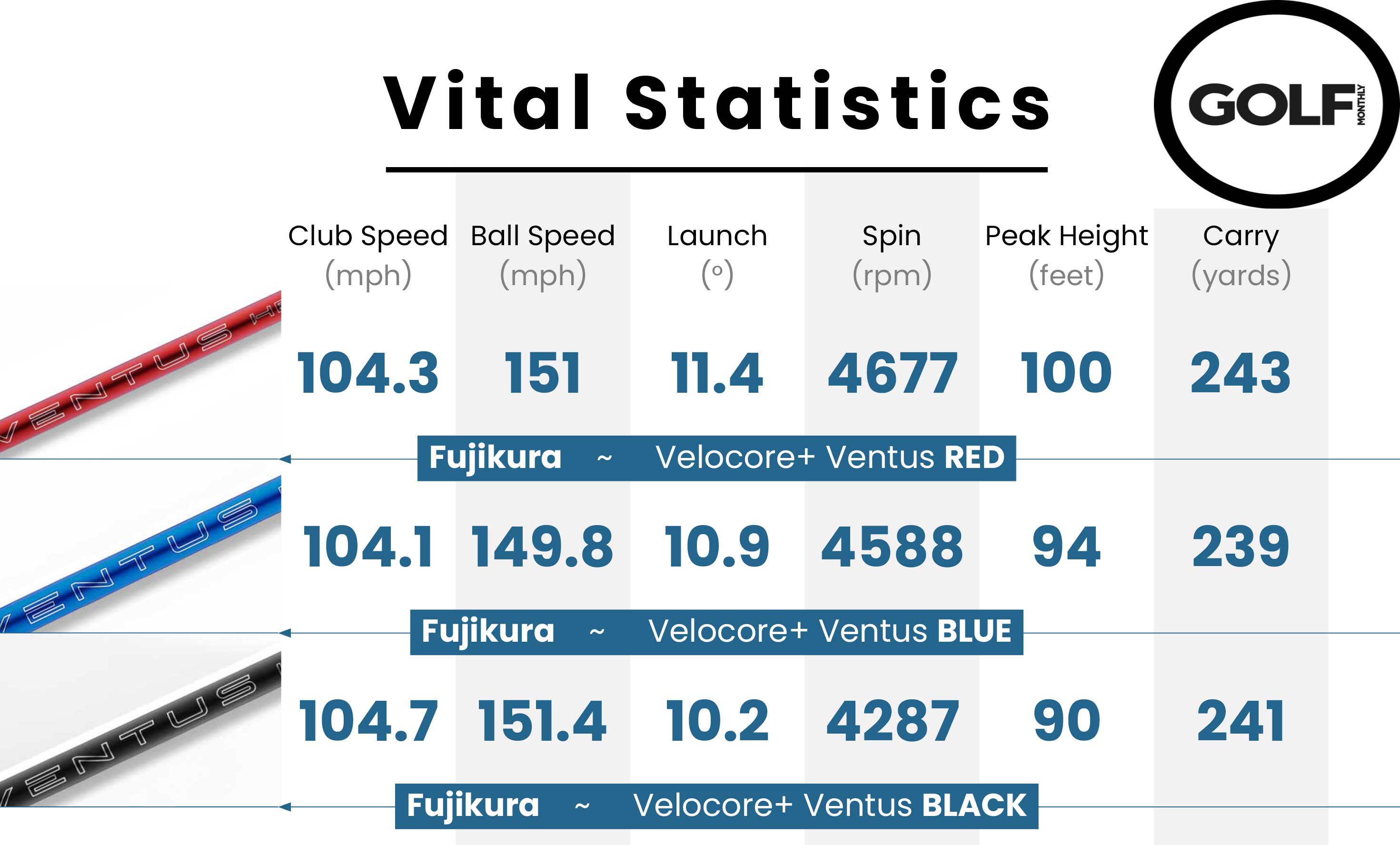
Like for like, I would say that both the Blue and the Black profiles have a slightly smoother feel throughout the swing than their predecessors, not that the original Ventus was in any way ‘boardy’, there is just an added layer of smoothness that made me feel more comfortable taking speed off some of my shots. Similarly, that smoothness does not mean the new profile is any less stable; in fact, I would argue that from my comparative testing, I did see a slightly tighter dispersion from the newer model, albeit minimally.


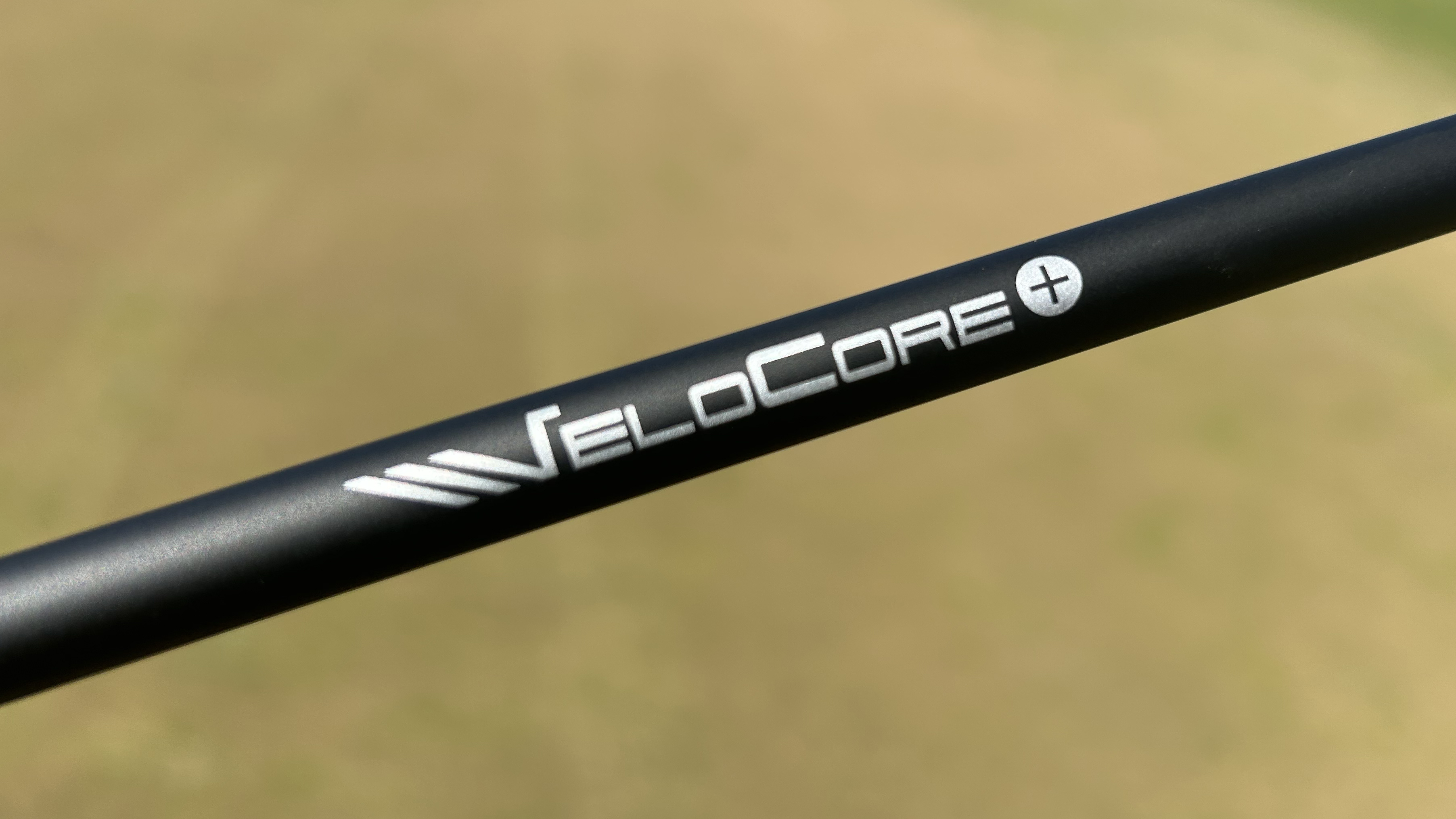
As before, the Black is the stoutest of the range in terms of feel, and produced a very stable, penetrating ball flight for me. The meatiness of the feel allowed me to really ‘go at’ the ball with full aggression; in fact, it arguably demanded it. This is most certainly a shaft for players with a relatively aggressive transition from backswing to downswing, particularly in the weight and flex profile I was testing. The Ventus Velocore+ Black HB shaft comes in an 8 (86.5 grams), 9 (95 grams), and 10 (106 grams) category, with only the 8 available in S flex (the others are X only).

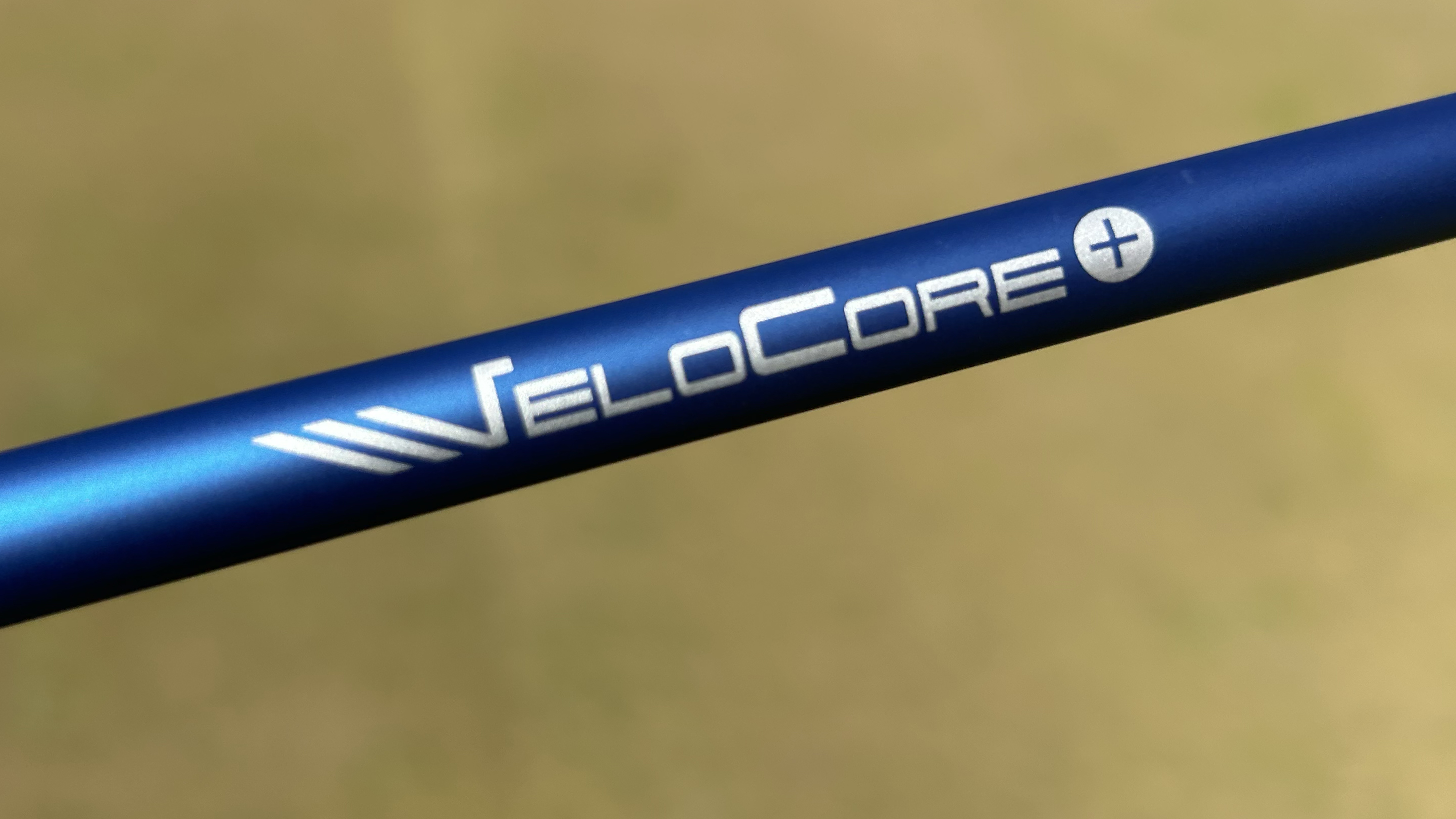
The Ventus Velocore+ Blue HB is available in a variety of weight profiles from 73.5 grams to 104.5 grams, and from R to X flex. While this sits in a nice middle ground of stability and launch, and it is likely going to suit to broadest range of players, I am certainly not a Blue profile. As with any shaft that doesn’t suit your dynamics, I struggled to find strike as often as I would like; however, when I did, the shaft performed as it was designed, sitting nicely between Black and Red in terms of ball data output.
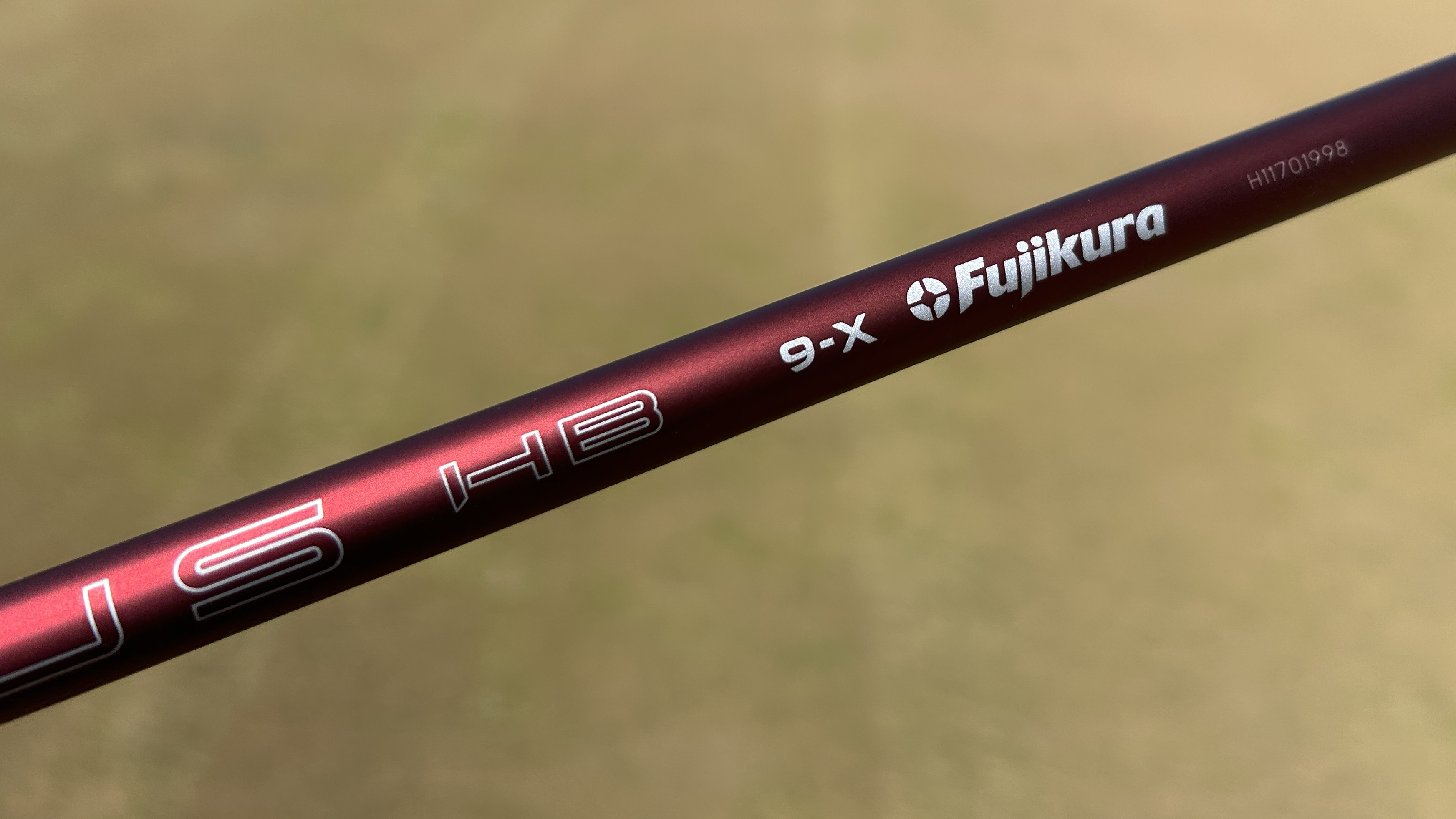
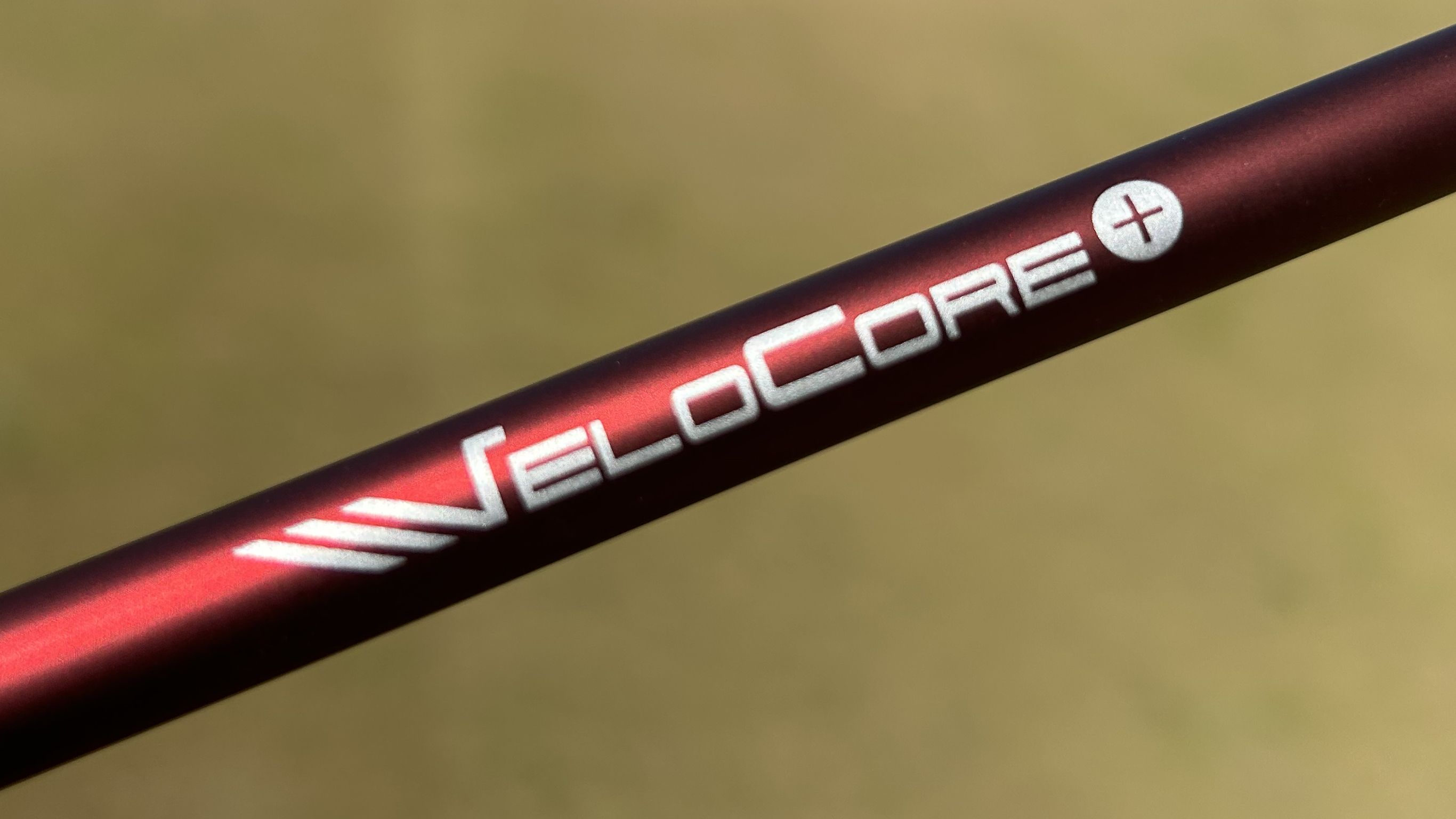
Speaking of the Red profile, it may well be the star of the show for me. It offers a superbly smooth feel that doesn’t compromise any stability whatsoever, and delivers on its promises of a higher launch and a touch more spin. The tip section feels a touch more active than its siblings, but not at the expense of any control. I was hitting some towering hybrid shots with this club, stopping the ball at will, and was pleasantly surprised at how well my dispersion stood up to essentially a softer overall profile. I read in another review (that I won’t mention by name) that this would be much better suited to slower swingers of the club, but I am inclined to disagree. I am still probably just above PGA Tour average for swing speed, and the 9-X model I was testing was outstanding. Furthermore, I have seen a handful of these creeping into tour bags over the past few weeks, both in hybrids and some of the best utility irons.
Overall, Fujikura has done it again here. These shafts are of the highest quality and deliver seriously consistent results.







